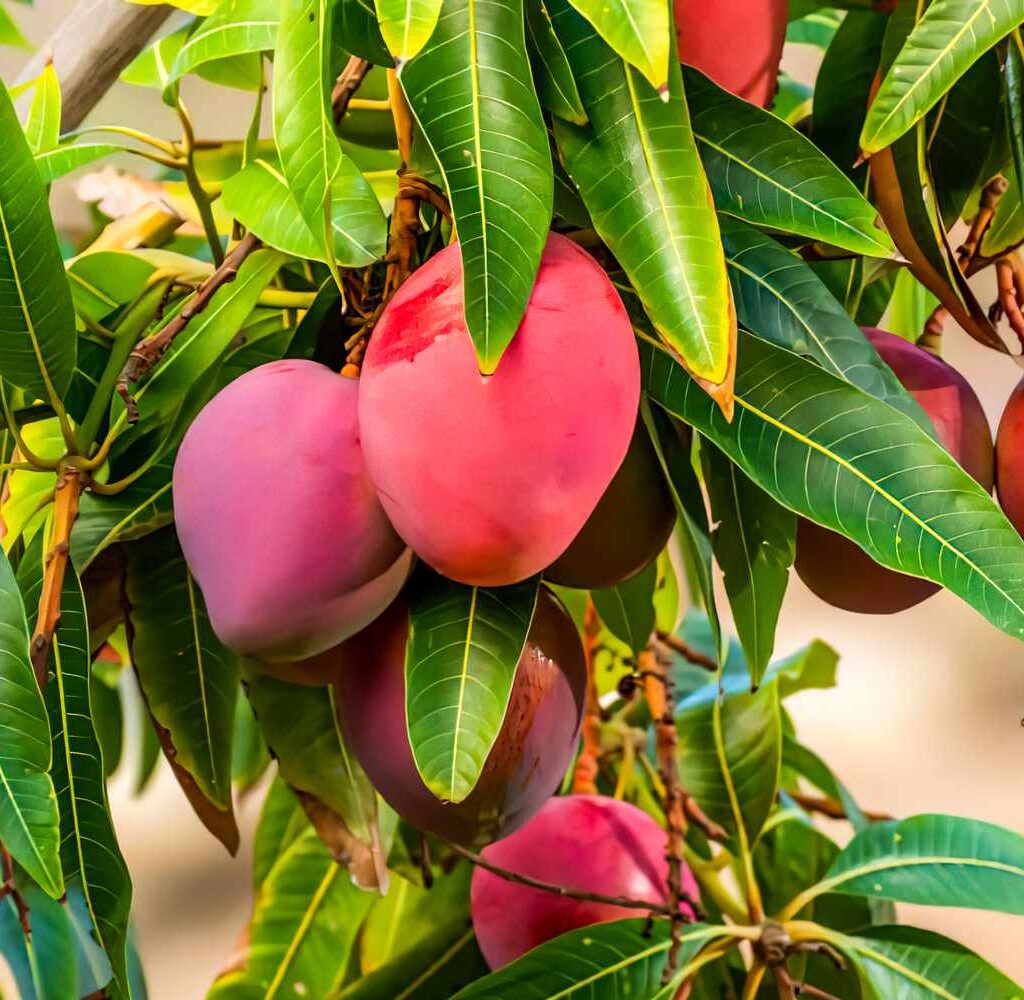Have you ever enjoyed a sweet, juicy mango and wondered if you could grow your own tree right from the seed? Good news — you absolutely can! Mango trees not only produce delicious fruit, but they also make beautiful, lush additions to your garden or even indoor plant collection.
In this guide, we’ll walk you through how to plant a mango seed and grow your own tree — from extracting the seed to nurturing your sapling into a thriving plant. Whether you’re a seasoned gardener or a curious beginner, this step-by-step tutorial will help you succeed.

Why Grow a Mango Tree from Seed?
Growing a mango tree from seed is a rewarding and fun project for several reasons:
- It’s cost-effective: No need to buy nursery saplings.
- Educational for kids and beginners: Great hands-on gardening experience.
- Produces a beautiful evergreen tree: Even if it takes years to fruit, a mango tree is a stunning ornamental plant.
- Possible unique fruit flavor: Seed-grown mango trees sometimes produce fruit slightly different from the parent, offering a unique taste.
Important Note: Mango trees grown from seed can take 5–8 years (or more) to bear fruit, while grafted trees usually fruit within 3–5 years.
What You’ll Need
Before you start, gather these simple materials:
- A ripe mango fruit
- A sharp knife
- A glass of water
- Paper towels
- A zip-lock bag or plastic container (optional)
- Potting soil (well-draining, loamy soil)
- A planting pot (8–12 inches deep to start)

Step-by-Step Guide: How to Plant a Mango Seed
Step 1: Enjoy the Mango and Save the Husk
Begin by eating or removing the flesh from a ripe mango. Choose a healthy, fully ripened fruit for the best chances of germination.
- Scrape the husk clean of any remaining fruit.
- Rinse it under running water and let it dry for a few hours.
Step 2: Extract the Seed from the Husk
Inside the husk is the actual seed that you’ll be planting.
- Use a sharp knife or scissors to carefully cut along the edges of the husk without damaging the seed inside.
- Pry the husk open to reveal the seed. It looks like a large, flat bean.
Pro tip: If you’re unsure where to cut, feel for the flatter edge of the husk and cut along its side.
Step 3: Prepare the Seed for Germination
You have two options here — direct planting or pre-germination in a paper towel.
Option A: Direct Planting
- Plant the seed flat-side down in a pot filled with moist, well-draining potting soil.
- Cover the seed with about 1 inch of soil.
- Water it lightly and place the pot in a warm, sunny spot.
Option B: Paper Towel Germination
For better control over germination, this method is very popular:
- Wrap the seed in a moist paper towel.
- Place it in a zip-lock bag or plastic container.
- Store it in a warm, dark place like a cupboard.
- Check every few days to ensure the paper towel stays moist and look for signs of sprouting, typically in 1–3 weeks.
Once the seed sprouts and a small root appears, it’s ready for planting.
Step 4: Plant the Germinated Seed
If you pre-sprouted your seed:
- Fill a pot with loose, loamy potting soil.
- Plant the sprouted seed root-side down, leaving the top part of the seedling slightly above the soil.
- Water gently.
Place the pot in a sunny, warm spot — mango trees love heat and sunlight.

Caring for Your Mango Tree
Once your seed is planted, consistent care is key to growing a healthy tree.
1. Light Requirements
Mango trees thrive in full sun. Place your pot in a location that gets at least 6–8 hours of direct sunlight daily. If growing indoors, position it by a south-facing window or use a grow light.
2. Watering
Keep the soil slightly moist, but not soggy. Overwatering can lead to root rot.
- Water the plant when the top 1–2 inches of soil feels dry.
- Reduce watering during the cooler months or if the plant shows signs of overwatering (yellowing leaves).
3. Soil and Fertilizer
Use well-draining, nutrient-rich potting soil.
- Feed your mango tree with a balanced liquid fertilizer (10-10-10 NPK) once a month during the growing season (spring and summer).
- Reduce feeding in autumn and winter when growth naturally slows.
4. Temperature and Humidity
Mango trees love warmth. Keep the temperature above 50°F (10°C).
- If you live in a cold climate, bring the tree indoors during fall and winter.
- Maintain moderate humidity. Misting occasionally can help during dry spells.
5. Pruning
To encourage bushier growth:
- Prune the top of the seedling when it reaches about 12–18 inches tall.
- Regularly remove dead or damaged leaves to keep the plant healthy.

When Will Your Mango Tree Bear Fruit?
Growing a mango tree from seed takes patience. Here’s what to expect:
- Seed-grown mango trees typically bear fruit in 5–8 years.
- The fruit might be slightly different in flavor or size compared to the parent fruit due to natural genetic variation.
Grafted trees are faster to fruit, but there’s unique satisfaction in nurturing a tree from seed to harvest.
Can You Grow a Mango Tree Indoors?
Yes! Mango trees can thrive indoors as long as you provide:
- Plenty of sunlight (through a south-facing window or grow lights)
- Warm temperatures (ideally between 70–85°F)
- Occasional misting to maintain humidity
While indoor trees might not grow as large or fruit as abundantly as outdoor trees, they can still produce flowers and small fruits with good care.
Common Problems and Solutions
| Problem | Cause | Solution |
|---|---|---|
| Yellowing leaves | Overwatering or poor drainage | Allow soil to dry out; adjust watering |
| Brown leaf tips | Low humidity or salt build-up | Mist regularly; flush soil occasionally |
| No sprout after weeks | Seed not viable or too cold/dry | Try again with a fresh seed and maintain warmth/moisture |
Final Thoughts
Planting a mango seed and growing your own tree is a simple, rewarding project for any gardening enthusiast. With a little patience and care, you can turn a discarded mango pit into a lush, beautiful plant — and maybe even enjoy homegrown mangoes in a few years.
Whether you grow it indoors, on a balcony, or in your backyard, a mango tree is a wonderful way to add tropical charm to your space.





Leave A Comment